A few months ago, I published the first article about my trip through South America. Now, after I’ve returned home and had the chance to go through all my photographs and pick out some of the best, I’d like to share the second part of my journey with you.
When I published my first article I was still in Sucre, the capital of Bolivia. Soon thereafter, I traveled back to La Paz and on to Rurrenabaque by bus, a small town in the rainforest of Bolivia. After spending a lot of time in the mountainous regions of the Chilean and Argentinian Andes, I was looking forward to warmer temperatures and a very different scenery of green trees, colorful birds and other interesting animals. Shortly after arriving there, I headed to the Serere Reserve, a private reserve a few hours downstream from town.
Logging activities had destroyed this part of the rainforest, but in a massive effort by the owners and what must have been many volunteers, it was cleaned up and restored. Today, the reserve is teeming with wildlife – many different species of monkeys, tapirs, colorful parrots, hoatzins, alligators, sloths, and many more. Staying in a bungalow, I explored the reserve together with a guide and a group of visitors every day, spending a lot of time looking for animals and learning about the rainforest and its inhabitants.
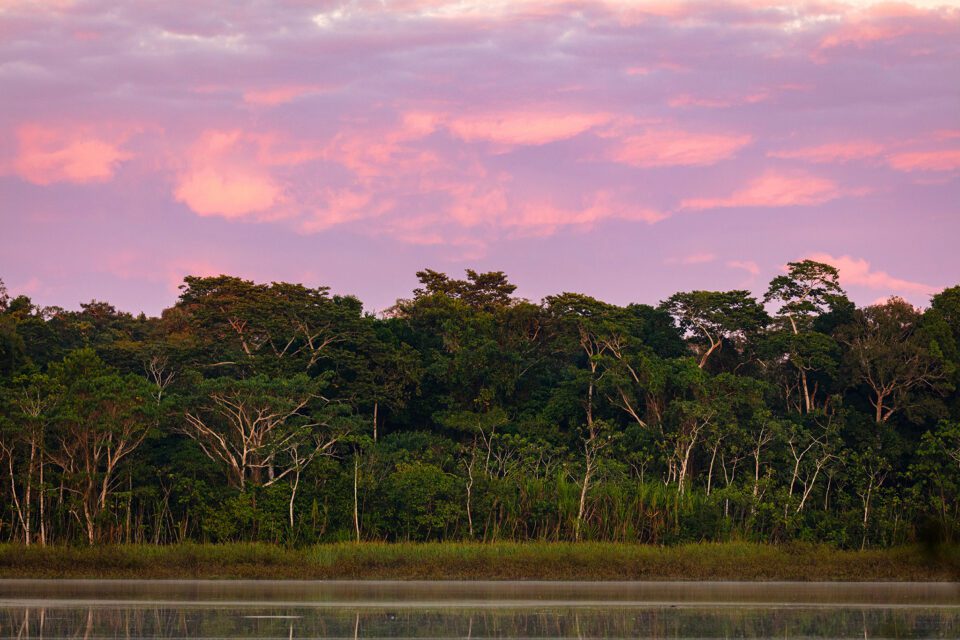
In the rainforest, I also learned how good of a decision it had been to bring a big, pro-grade DSLR and lenses, instead of switching to a more lightweight, but also less rugged mirrorless system. When we were crossing a lake on our canoe, heavy rain started pouring down. I tried to protect my camera and lens by putting it under my shirt. But when we arrived back at the lakeshore and I started going through my images, the wheel on the back of my camera had stopped working properly.
I suspect it was the extreme humidity that built up between my sweating body and the shirt that made the camera malfunction. I might have been better off by just letting the camera sit in the rain and trust the weather sealings. However, after placing the camera in a barrel of rice and waiting about half a day, it went back to behaving normal and I never had any issues again. I also had some troubles with my lens fogging up when the humidity was particularly high, an issue that I’m not sure how to combat if I’m to return to the rainforest with my camera.
After spending six wonderful days in the rainforest, I returned to town and went to the so-called pampas, where the vegetation is much shorter, and you can spot and get up close to an incredible amount of wildlife within just a few hours. This was definitely one of my most successful days in terms of photography, walking away with some great wildlife images.
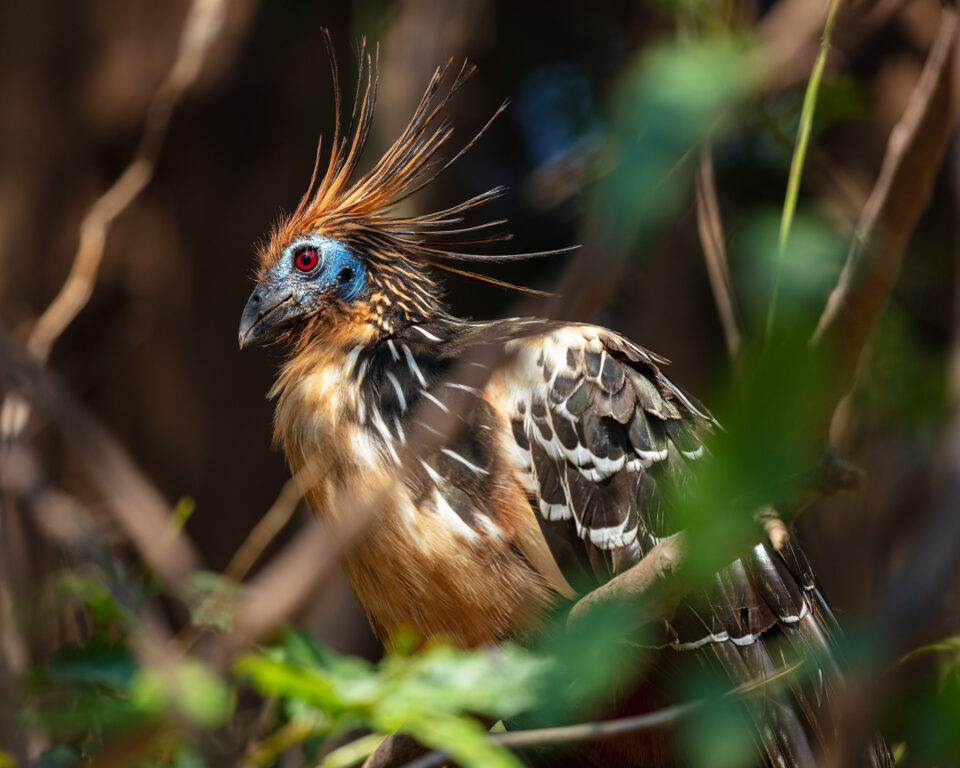
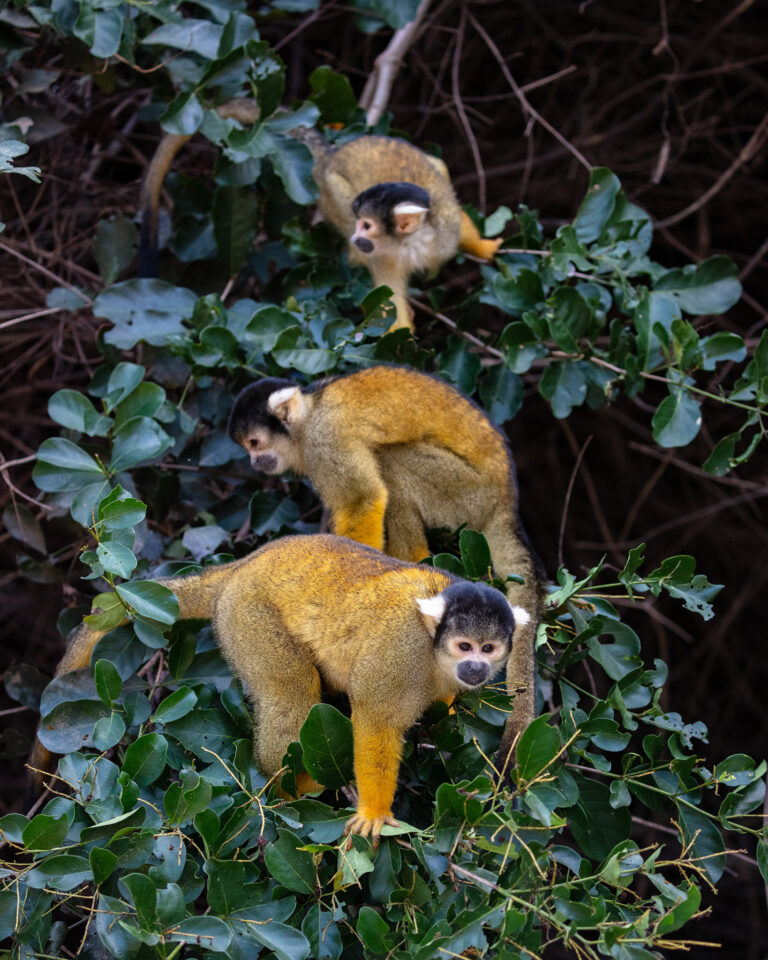
Bolivia is a wonderful country in part because of its extreme diversity in landscapes and biomes. That’s best experienced on one of the hikes that leads from the snow-covered peaks of the Andes all the way down to the green forests of the Amazon basin.
After meeting with Kyra again back in La Paz, we decided to do the El Choro trek that takes anywhere between 2 to 4 days, depending on your exact route and pace. As we drove up the winding mountain road, past the police checkpoints – and all the food stands that only exist because of the traffic jams caused by them – it dawned on me that the rain of the past few days in La Paz must have turned into quite some fresh snow up at the trailhead.
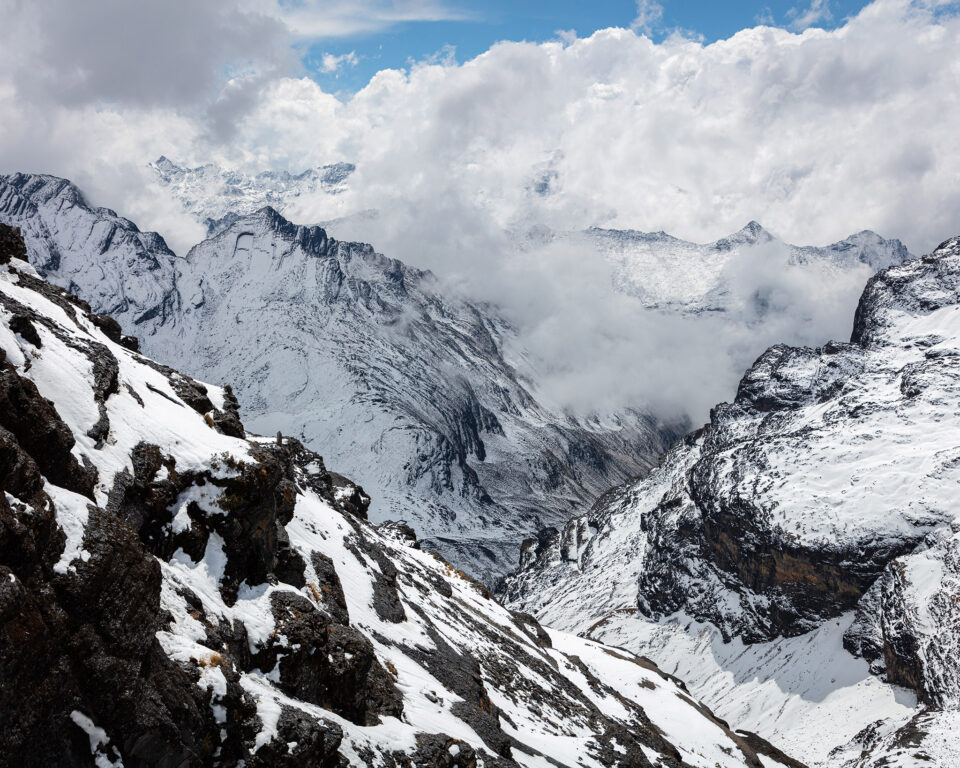
And so, we left fresh steps in the white cover on the ground while climbing to the highest point of our hike at just short of 5000 m above sea level. (about 16000 ft). But as soon as we started descending, the snow gradually disappeared from the trail, and we came into a valley covered in brown grass, where we set camp near a river. The three of us spent the evening huddled inside our two-person tent, preparing food and eating as a thunderstorm raged outside.
Gladly, the lightning never seemed to approach us more than within a few kilometers, and at some point the thunder died down. As if the weather wanted to make up for the lack of golden evening light, the next morning we were greeted with a wonderful sunrise. This gave me the opportunity to retake the image that I had scouted out the evening before but had no luck with, as the light was swallowed by the clouds of the thunderstorm.
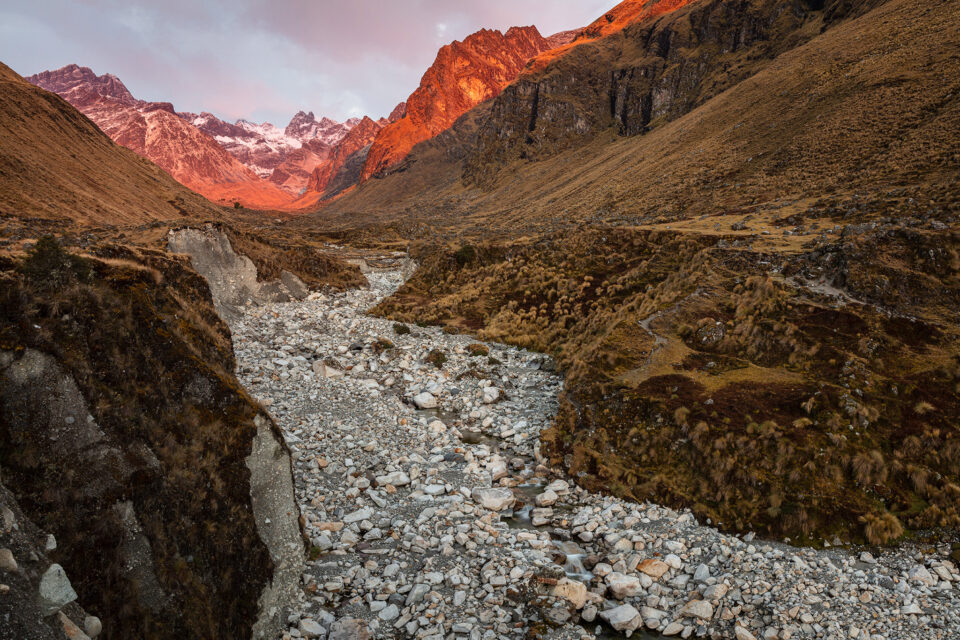
The great thing about this trek was how one could observe the change in biomes, from walking in the snow, to camping in a barren high-mountain valley, to getting soaked by the eponymous downpour of the rainforest; being able to observe how the vegetation gets taller, greener and denser just within a few hours of hiking.
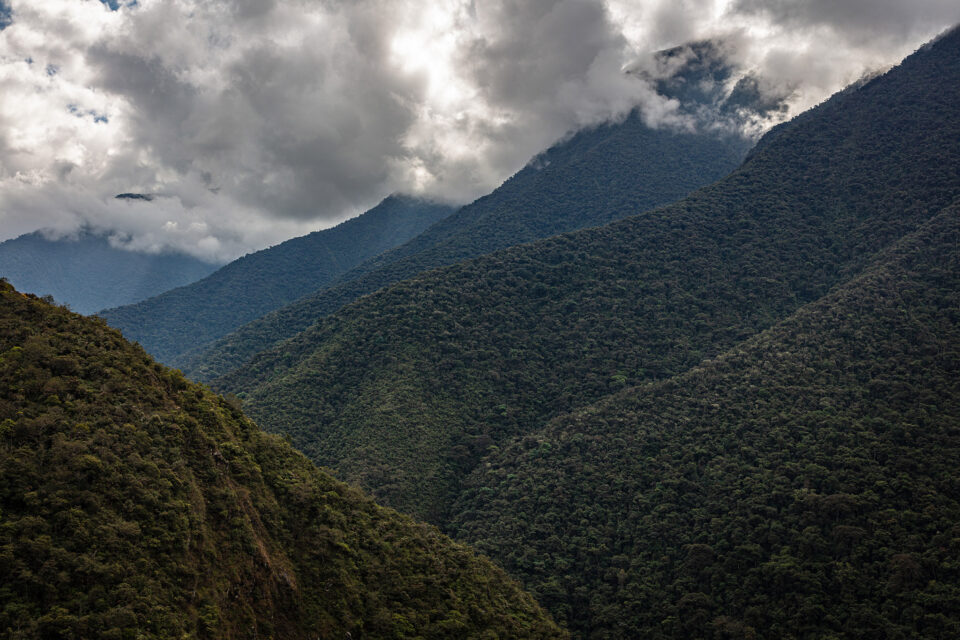
After finishing our trek, it soon was time to head towards the Bolivian-Brazilian border, as I had finally booked my flight home, leaving from São Paulo. In times of coronavirus, many of us may have forgotten, but this was the time when the Amazonas was on fire. And even though Brazil was the country that was mainly in the news, Bolivia was hit equally by the wildfires.
If I had to coin one thing that I will never forget from my time in South America, then it would be the fact that from the time we arrived to Santa Cruz de la Sierra in Bolivia until I got to São Paulo in Brazil (a distance of almost 1900 km, roughly 1200 miles), the smoke of the fires was omnipresent every single day. At times it was so thick that at sunrise you could watch the red disk of the sun for twenty minutes, while even at noon it still had a reddish touch. Especially in the region of Santiago de Chiquitos near the Brazilian border the light took on a special quality, the smoke generating an eerie mood, similar to that of thick fog.
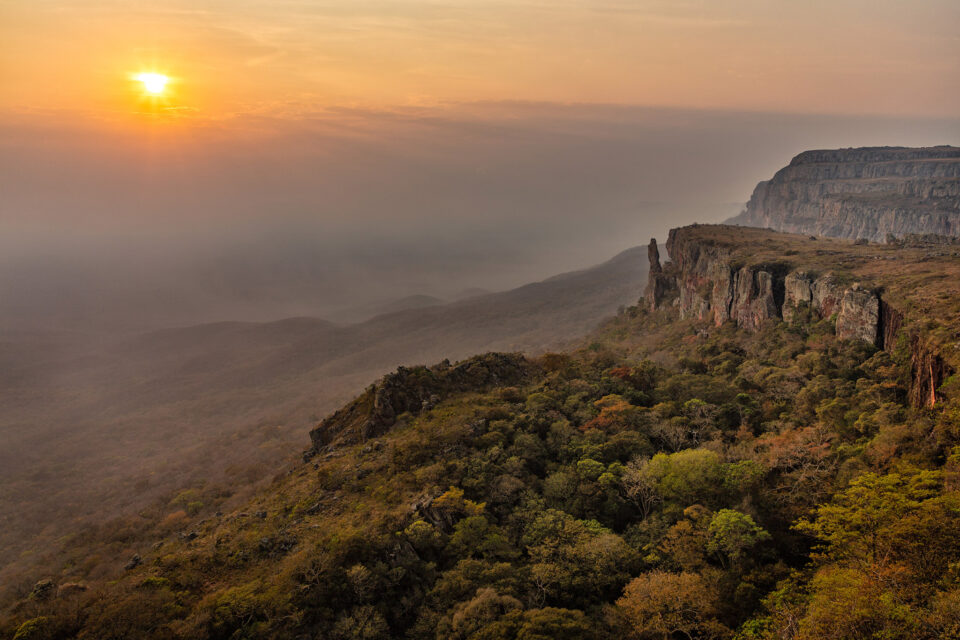
On our drive towards the border we also occasionally passed by fires and saw the immense clouds of smoke in the distance, which made us wary of sleeping in our car amongst the trees. We returned to town instead; at least there would be other humans alerting us if the fire approached at night, even though we doubted that anyone would be able to do much to fend it off.
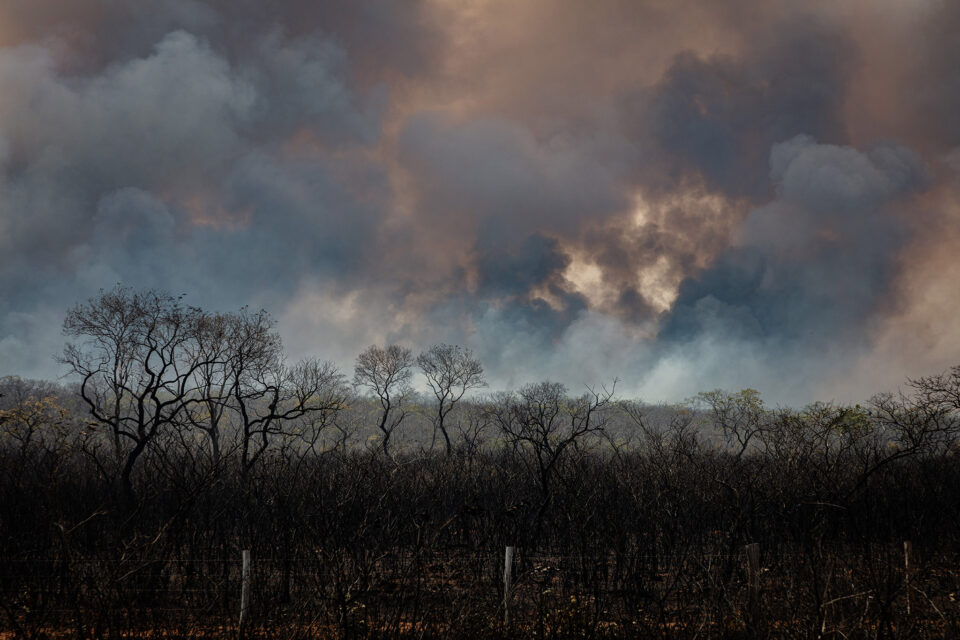
Still, we continued to drive towards the east. Getting across the Brazilian border was somewhat complicated, especially as nobody seemed to speak or understand any Spanish at all there. The very last week we spent in a fairly luxurious lodge in the Pantanal, going on boat tours or safaris every day, frequently sipping on Caipirinhas and trying to enjoy the warm temperatures, the wildlife, the pool, daily showers and the feeling of freedom, despite the knowledge of the wildfires threatening all the beauty around us.
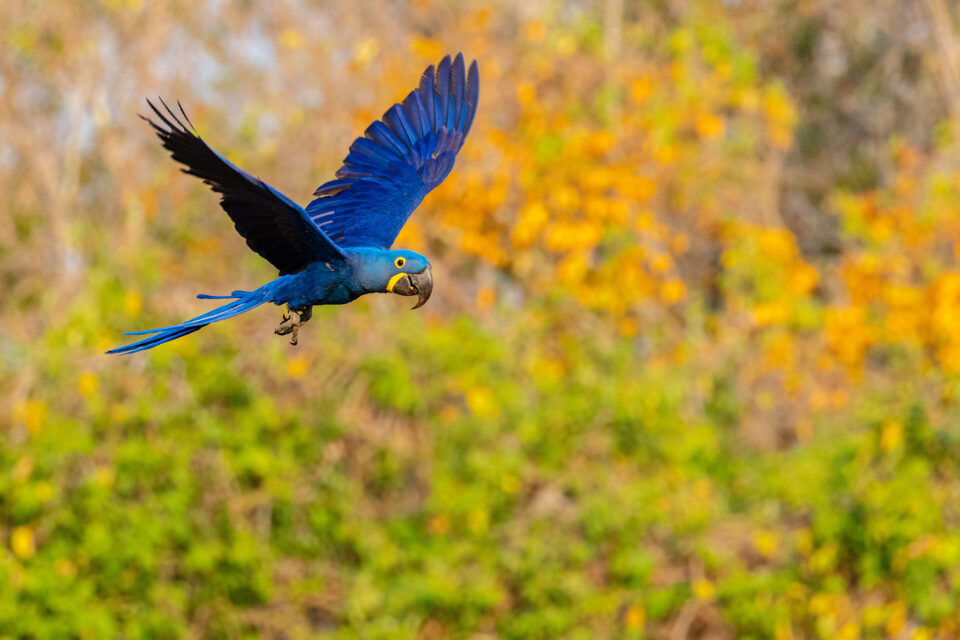
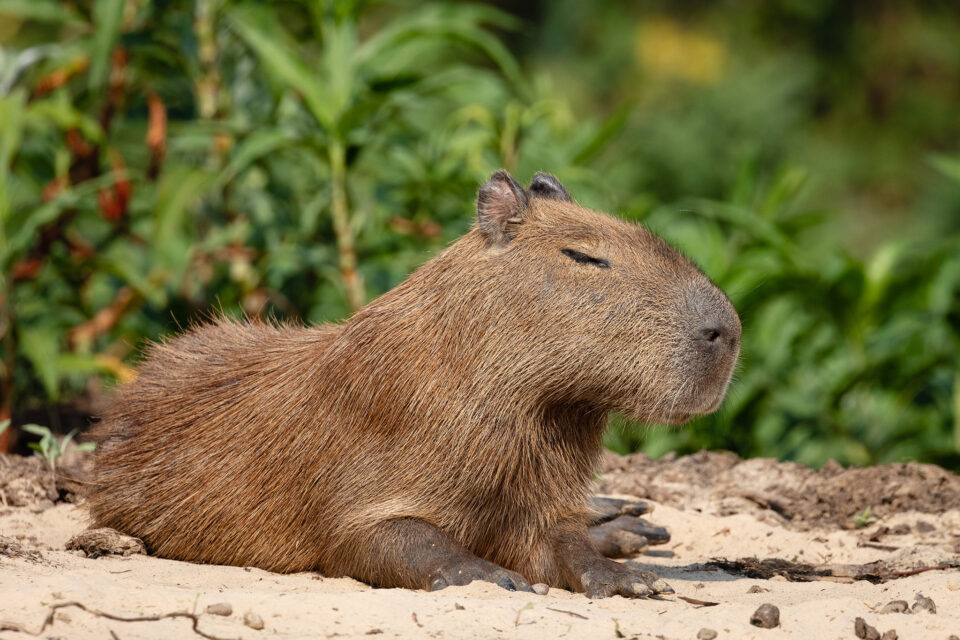
Saying goodbye to my travel companion was the hardest moment of all my journey, and when I finally stepped into the bus that would bring me to São Paulo, I started to realize that it was finally over – my longest trip so far.
After 8 months of travelling and always being the only person telling myself what to do and how to live, it would at times prove hard to return to the steady lifestyle at home. I know that I’m incredibly fortunate to have had the opportunity to travel for such a long time and I am very grateful for all the people that I met on my way and the experiences I had – and I’d like to thank you for the chance of sharing my stories and images with you.